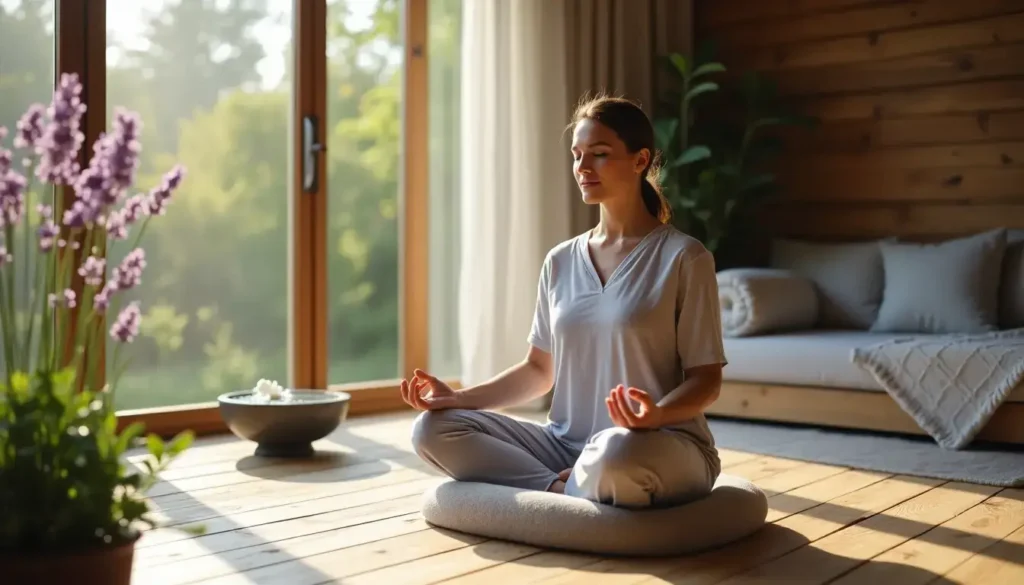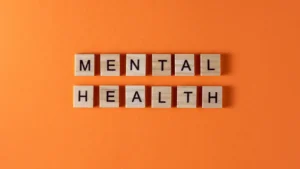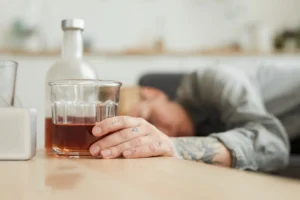Your heart’s racing, palms are sweating, and that overwhelming wave of panic feels like it’s about to crash over you. I’ve experienced this myself and understand how terrifying an anxiety attack can be.
People often give generic advice like “just breathe” or “try to calm down.” These suggestions rarely help when intense anxiety grips you. My experience helping hundreds of people manage their panic attacks has shown that the right techniques can make all the difference. They can help you regain control instead of spiraling deeper into panic.
These 5 science-backed methods will show you how to stop anxiety attacks quickly. The techniques are practical and work effectively. You can use them anywhere – at work, home, or wherever panic strikes.
Deep Breathing Techniques
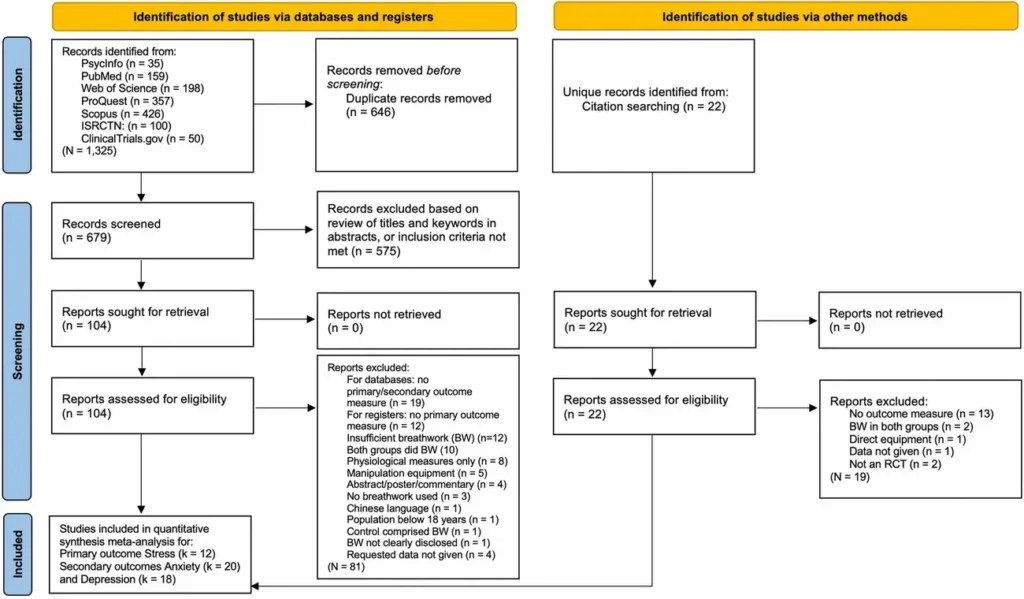
Anxiety hits hard, but our breath can be our strongest ally. Years of practice taught me that deep breathing isn’t just another wellness tip – science proves it’s the quickest way to calm an anxiety attack.
Understanding the Science Behind Deep Breathing
Deep breathing works in remarkable ways. Our anxious state leads to shallow, upper chest breaths that intensify our symptoms. The good news is that conscious deep breathing activates our parasympathetic nervous system and tells our brain we’re safe. This natural response lowers blood pressure, reduces stress hormones and strengthens our immune system.
Deep Breathing Exercises for Anxiety
The 4-7-8 breathing technique stands out as a powerful tool to get immediate anxiety relief. Here’s how to do it:
- Breathe out completely through your mouth
- Close your mouth and inhale through your nose for 4 counts
- Hold your breath for 7 counts
- Exhale completely through your mouth for 8 counts, making a whoosh sound
- Repeat this cycle for 3-4 breaths
Deep Breathing Apps and Tools
Several breathing apps are now available to guide you through this process. Breathwrk excels at providing specialized exercises for stress, anxiety, and sleep. Calm app serves as another excellent choice with guided breathing exercises that help stop panic attacks quickly.
Note that these techniques might feel strange at first, but research confirms that breath control helps manage stress-related conditions and brings numerous health benefits. Regular practice matters most, even during anxiety-free moments.
Grounding Through Your Senses

Engaging our senses proves to be one of the most powerful ways to stop an anxiety attack. This technique has helped countless of my clients regain control during panic attacks, and I want to share it with you.
The 5-4-3-2-1 Grounding Method
A simple yet powerful exercise helps you reconnect with your surroundings when anxiety strikes. My clients follow these steps:
- Name 5 things you can see around you
- Touch 4 things near you
- Identify 3 distinct sounds
- Notice 2 different smells
- Focus on 1 taste
Sensory Grounding Tools
Studies show that grounding techniques improve mood better than relaxation alone. My clients have achieved remarkable results with simple tools:
- Touch: Running water over hands, alternating between warm and cold
- Sound: Focus on ambient noises like birds singing or clock ticking
- Smell: Essential oils or familiar scents
- Sight: Family photos or calming nature scenes
Creating Your Sensory Kit
A personal sensory kit offers immediate help during anxiety attacks. You should select items that appeal to you – maybe a smooth stone to touch, a favorite essential oil to smell, or a meaningful photo to view. Your kit should stay available at your desk, in your car, or on your nightstand.
Note that sensory grounding’s beauty lies in its discretion. Nobody around you needs to know you’re using these techniques to stay calm and centered.
Progressive Muscle Relaxation
My years of practicing relaxation techniques have taught me that Progressive Muscle Relaxation (PMR) works best to stop panic attacks. This technique, developed by Dr. Edmund Jacobson in the 1920s, shows amazing results in reducing anxiety symptoms.
How Progressive Muscle Relaxation Works
Our muscles hold tension during anxiety without our awareness. PMR uses a fascinating process of neuronal ‘top-down’ and ‘bottom-up’ processing. The technique brings quick relief by connecting our brain and body. I’ve watched many people use this method to spot and release hidden tension.
Step-by-Step Muscle Relaxation Guide
Let me share my tested approach to PMR:
Find a quiet, comfortable space
Start with deep breaths
Tense each muscle group for 5 seconds
- Release abruptly while exhaling
Notice the sensation of relaxation
- Progress through all muscle groups
End with a body scan
Combining Breathing with Muscle Relaxation
Matching your breath with muscle movements boosts relaxation by a lot. Breathe in as you create tension, then exhale when releasing. This rhythm calms your mind and body better than using either technique alone.
The sort of thing i love about PMR is how easy it is to use anywhere. Regular practice makes it work even better. My experience helping others with anxiety attacks shows that PMR combined with our earlier breathing techniques creates a powerful way to get immediate anxiety relief.
Positive Self-Talk Mantras
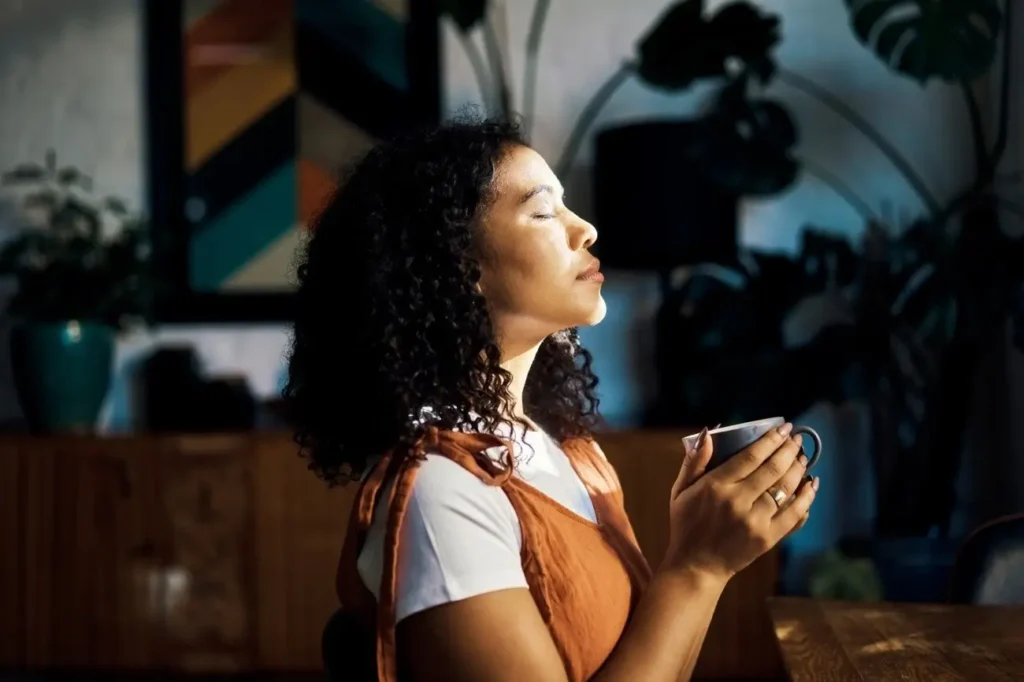
My experience helping people manage anxiety has taught me that our self-talk can be powerful medicine. A 2016 study showed that replacing worrying thoughts with positive mental images or mantras reduced anxiety levels by a lot.
Creating Effective Anxiety Mantras
Personal and meaningful mantras work best. Research indicates that chanting specific mantras for just 10 minutes can reduce stress, anxiety, and depressive symptoms while improving attention and promoting positive mood. Your mantra should be short, present-tense, and believable. Here are powerful examples I recommend:
“I am safe and secure”
“This moment will pass”
“I choose calm”
“Fear is not dangerous”
Using Mantras During an Attack
My clients learn to combine mantras with deep breathing for maximum effect during anxiety attacks. Studies show that changing our self-talk from “I” to using our name reduces chronic worry and improves emotional regulation under stress.
Building a Personal Mantra Library
A collection of mantras that appeal to different situations can be valuable. Research shows that documenting thoughts and emotions through journaling provides insight and improves your “inner conversation”. Start with 2-3 mantras that feel natural and gradually expand your collection as you find what works best.
Note that mantras aren’t just words – they’re tools that help rewire our thought patterns. A 2017 study found that properly used mantras can reduce anxiety symptoms by slowing heart rate and reducing blood pressure.
Cold Water Technique
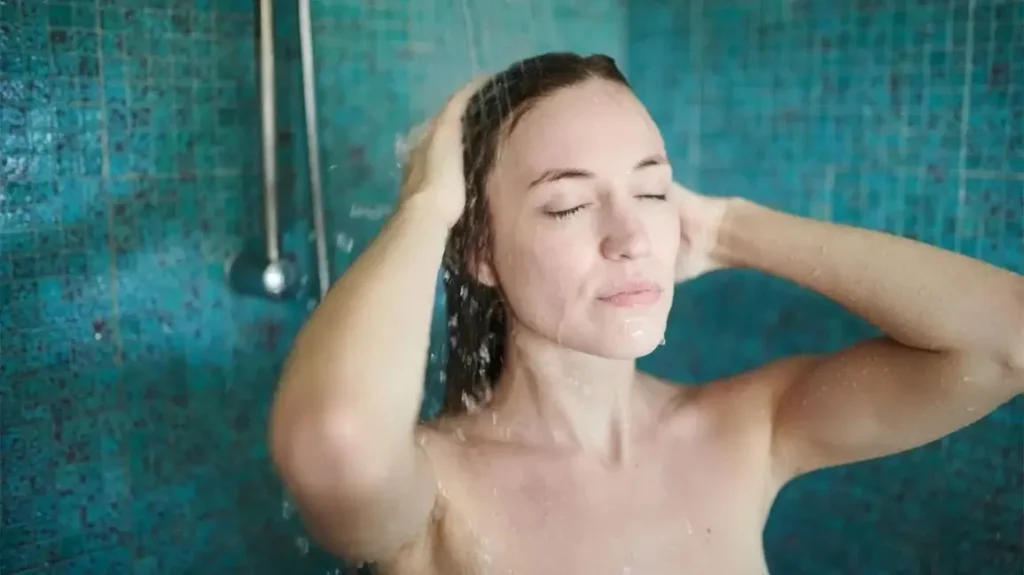
The connection between cold water exposure and anxiety relief has shown promising results in my practice. The science behind this approach is both compelling and simple.
Science Behind the Cold Water Response
Cold water exposure to your face triggers the “diver’s reflex” – a physiological response that calms your nervous system immediately. This reflex activates the vagus nerve and helps your body switch from “fight-or-flight” to “rest-and-digest” mode. It serves as an excellent tool to stop panic attacks quickly.
Safe Ways to Use Cold Water
My experience has led me to several methods that work for cold water therapy:
Splash cold water on your face for 30 seconds
Take a brief cold shower (50-57.2°F)
Place an ice pack against your face
Immerse your face in a bowl of cold water
The best approach is to start gradually. Begin with 15 seconds of exposure and build up to 60 seconds as your body adapts.
Combining Cold Water with Other Techniques
Cold water exposure works cooperatively with other anxiety-management techniques. Studies show that combining cold exposure with specific breathing practices produces the best results. My clients achieve powerful results by pairing cold water exposure with the breathing techniques mentioned earlier. This combination provides effective anxiety attack help.
Note that the water might feel uncomfortable initially. Research indicates that regular practice leads to better stress management and improved mental health outcomes. My clients have shown remarkable improvement after adding this technique to their daily routine.
Comparison Table
| Deep Breathing Techniques | 4-7-8 breathing: Inhale (4 counts), Hold (7 counts), Exhale (8 counts) | Activates parasympathetic nervous system | 3-4 breath cycles | Breathing apps (Breathwrk, Calm) | Reduces blood pressure, lowers stress hormones and strengthens immune system |
| Grounding Through Senses | 5-4-3-2-1 method: Notice 5 sights, feel 4 touches, hear 3 sounds, smell 2 scents, taste 1 thing | Shows better mood improvement than just relaxation | Not specified | Sensory kit (stones, essential oils, photos) | Works quietly in any environment |
| Progressive Muscle Relaxation | Tighten muscles for 5 seconds, let go while breathing out, move through body | Works through brain’s ‘top-down’ and ‘bottom-up’ processing | 5 seconds for each muscle group | Quiet, comfortable space | Gets better results with regular practice |
| Positive Self-Talk Mantras | Say short, present-tense affirmations | Research shows 10 minutes of mantras help reduce stress and anxiety | 10 minutes | Journal to write mantras | Slows heart rate, lowers blood pressure and helps control emotions |
| Cold Water Technique | Put face in cold water (50-57.2°F) | Triggers diver’s reflex and wakes up vagus nerve | 15-60 seconds | Cold water, ice pack, or water bowl | Shifts body from “fight-or-flight” to “rest-and-digest” mode |
Conclusion
Research backs these five techniques that have helped me and countless others control anxiety attacks. Each method – from deep breathing to cold water exposure – brings distinct benefits supported by ground-level success stories. My experience shows the best results come from mixing multiple techniques because people react differently to various approaches.
The process of managing anxiety attacks gets easier as you practice. Pick one technique that appeals to you the most and become skilled at it before adding others to your anxiety management toolkit. Deep breathing combined with the 5-4-3-2-1 grounding method has proven especially effective for many of my clients who are just starting out.
These techniques work best when you practice them regularly instead of waiting for an anxiety attack. Consistent practice builds neural pathways that make these responses automatic in crucial moments. Your body and mind learn to react faster to these calming signals, which makes each technique more powerful over time.
You’re stronger than you realize. With these tools ready to use, you can tackle anxiety attacks with greater confidence and control.
Frequently Asked Questions
1. How can I quickly alleviate an anxiety attack?
To quickly manage an anxiety attack, try these strategies: acknowledge that the attack will pass, focus on deep breathing, smell lavender, find a quiet place, concentrate on an object, use the 5-4-3-2-1 grounding method, repeat calming mantras, or engage in light exercise.
2. What is the 5-5-5 breathing technique for managing anxiety?
The 5-5-5 breathing technique involves inhaling for 5 seconds, holding your breath for 5 seconds, and exhaling for 5 seconds. Repeat this cycle to help slow your thoughts and ease anxiety symptoms.
3. How do panic attacks differ from anxiety attacks?
Panic attacks and anxiety attacks vary mainly in intensity and triggers. Panic attacks are typically more severe and can happen suddenly without a clear trigger. In contrast, anxiety attacks usually arise in response to a perceived threat and involve symptoms like rapid heart rate and shallow breathing.
4. What is the 3-3-3 rule for handling anxiety attacks?
The 3-3-3 rule is a simple technique to manage anxiety by grounding yourself. Look around and name 3 things you see, listen for 3 sounds you can hear, and move 3 parts of your body. This method helps refocus and stabilize your mind during an anxiety attack.

